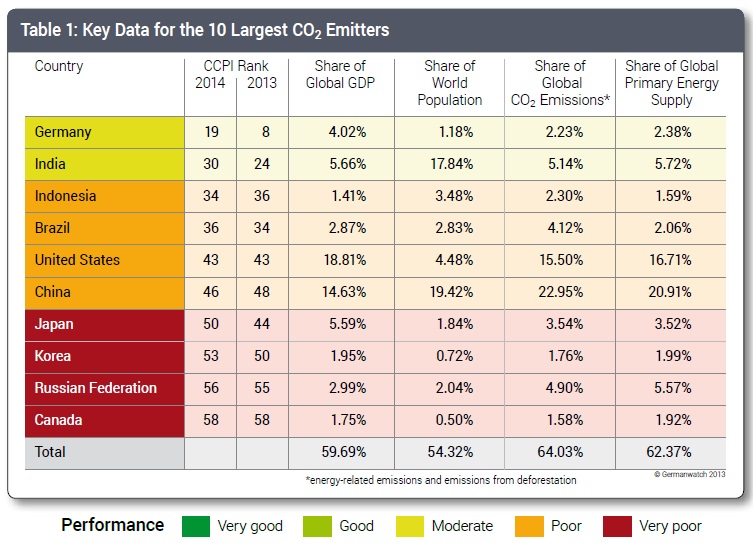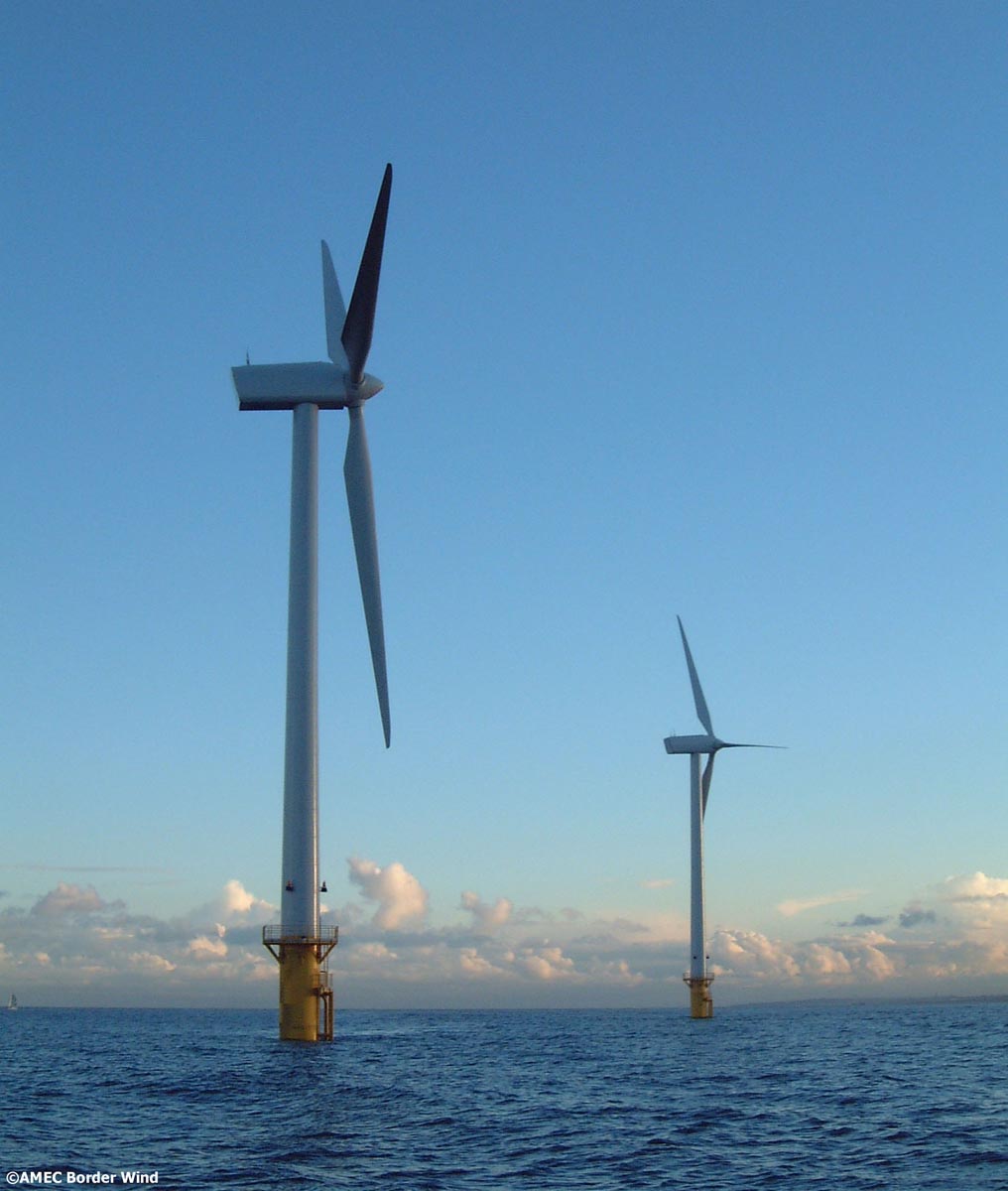by Sarah Dobson, Economist, Oilsands, reposted from the Pembina Institute, Nov 18, 2013
 Any reader of this newspaper — or any consumer of Canadian business news, period — will be very familiar with the upside of oilsands development. We’ve all read about the tens of thousands of jobs, the billions of dollars in investments, and the taxes and royalties our governments depend on. To hear some tell it, the development around Fort McMurray saved us from recession and will make us a global energy superpower.
Any reader of this newspaper — or any consumer of Canadian business news, period — will be very familiar with the upside of oilsands development. We’ve all read about the tens of thousands of jobs, the billions of dollars in investments, and the taxes and royalties our governments depend on. To hear some tell it, the development around Fort McMurray saved us from recession and will make us a global energy superpower.
No one can deny that oilsands development has brought significant economic benefit. But increased dependence on a volatile natural resource sector carries some risks to Canada as well.
In a report published this month in partnership with Equiterre, a Quebec-based environmental organization, we explored some of the economic risks linked to rapid and growing oilsands development.
For example, resources have proven to be a particularly volatile source of revenues for Alberta’s government. Over the past 10 years, according to the C.D. Howe Institute, the volatility of Alberta’s government revenues was twice that of B.C., Saskatchewan or Ontario. Budget 2013 in Alberta provided a perfect illustration of this phenomenon: despite record levels of bitumen production, the province rolled out an austerity budget due to a $6.2 billion overestimate of the resource revenues it would collect.
In a country that is prone to regional tensions, the uneven distribution of oilsands benefits also carries some risk. A study by the Canadian Energy Research Institute suggests that Alberta will realize 94 per cent of the GDP benefit of oilsands development, and retain 86 per cent of the jobs associated with oilsands investments and operations. The same analysis suggests that the United States will enjoy twice the benefits that Canadians outside of Alberta will see.
The equalization system and labour mobility add some complexity to the question of the geographical distribution of oilsands benefits. But with governments in B.C., and now in Ontario and Quebec as well, raising questions about the risks and rewards of potential oilsands pipelines crossing their jurisdictions, the concentration of oilsands benefits in Alberta is already a bit of a political football. If production grows as rapidly as the industry envisions, those tensions will almost certainly become more acute.
Some of the same regional considerations come to the fore in discussions of the impact our strong loonie has on Canada’s manufacturers. While there is healthy debate about the causes and strength of the effect, it’s clear that our currency tracks commodity prices closely. It’s also indisputable that a higher dollar creates one more hurdle for Canada’s manufacturing sector — a sector more concentrated in some regions than others — at a time when it’s already facing challenges.
Perhaps most significant of all, our report examined the risk to oilsands expansion plans — and the economic benefits expected to accompany that development — associated with tackling climate change. If the world takes action to avoid dangerous global warming, demand for fossil fuels will fall from today’s levels. For example, the International Energy Agency’s analysis shows that in a scenario where the world’s governments cut greenhouse gas emissions to limit global warming to 2°C (the threshold governments have deemed to be “dangerous” climate change) global demand for oil peaks in 2020.
When you’re thinking about building a new oilsands facility, 2020 is just around the corner. Not surprisingly, oilsands production grows far more slowly in the IEA’s low-carbon forecast than in the ones published by the Canadian Association of Petroleum Producers.
We’re getting a preview of the impact of climate policies on oilsands development today thanks to the European Union’s proposed fuel quality directive, which seeks to reduce the carbon footprint of the fuels burned in the EU. Concerned about its impact on future market demand for oilsands, the federal and Alberta governments have lobbied hard against this measure.
If stronger climate policies and lower oil demand are the way of the future — and given the risks posed by global warming, we have to hope that they are — then going all-in on the oilsands becomes a risky bet for Canada.
We believe the goal that matters in resource development is optimizing long-term benefits for Albertans and Canadians, while managing that development in a manner that protects the environment.
A stronger emphasis on clean energy would bolster Canada’s resilience, providing a foundation that lets us prosper in a low-carbon future just as we do in today’s high-carbon economy. Thus, our report recommends that governments adopt effective policies to limit greenhouse gas emissions. In addition to their environmental benefits, these policies would spur clean energy development in Canada, thus reducing the risks to our economy if the world’s demand for oil falls in the years ahead.
To better manage the risks posed by rapid oilsands development, we also recommended that our governments save more of the wealth that our one-time resources generate and consider the full economic picture — costs as well as benefits — when making decisions about new oilsands projects.
The ribbon that ties all our recommendations together is a desire for decision makers to take a longer-term perspective about both the upsides and downsides of oilsands development on Canada. We don’t believe it is controversial to ask to look at both sides of the ledger.
Unfortunately, Alberta’s government chose to dismiss our analysis when it was released last week. According to Energy Minister Ken Hughes, “to argue that the benefits are not distributed across the country I think is naive, ill-informed and does not reflect the facts.”
Maybe it is naïve to believe we can have a comprehensive conversation in Canada about our energy future. Or to hope that our politicians will rise to the challenge that climate change poses to all of us.
Still, we believe the goal that matters in resource development is optimizing long-term benefits for Albertans and Canadians, while managing that development in a manner that protects the environment. The simple conclusion of our analysis is the maximum pace of development in the oilsands is unlikely to correspond to that optimal benefit, nor does it represent the minimum level of risk. And we think that’s a discussion worth having.
Sarah Dobson is a resource economist with the Pembina Institute, a national non-partisan clean energy think-tank, and lead author of the report Booms, busts and bitumen: the economic implications of Canadian oilsands development.
RELATED:
Like this:
Like Loading...






 Any reader of
Any reader of 
